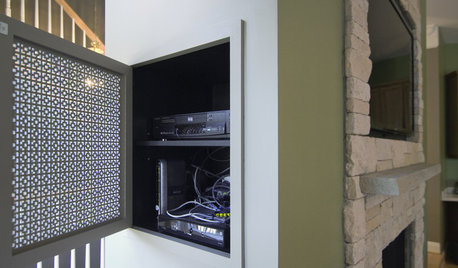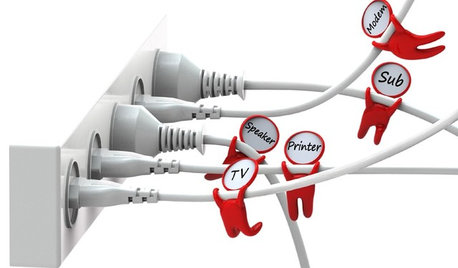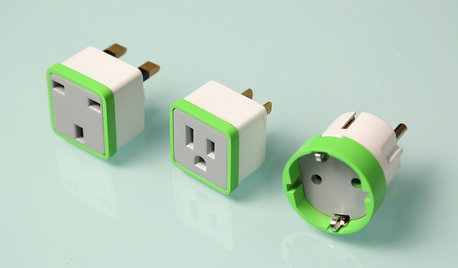intermittent electrical cable run
razman
10 years ago
Related Stories

DECORATING GUIDESHow to Hide Your TV Cables
Make your TV room clutter-free by hiding your electronics in the wall
Full Story
WORKING WITH PROSYour Guide to a Smooth-Running Construction Project
Find out how to save time, money and your sanity when building new or remodeling
Full Story
DESIGN DICTIONARYConduit
A conduit inside a building serves as a channel for electrical cables and wires
Full Story0

MORE ROOMSOn Trend: Smart Solutions for Cords
Show those cables and wires who's boss with these clever solutions for the home office
Full Story
HOME TECHPlug Into Home Power Monitors That Pay for Themselves
Stop throwing away money on wasted electricity with help from new monitors that work with your phone or computer
Full Story
BATHROOM DESIGNWarm Up Your Bathroom With Heated Floors
If your bathroom floor is leaving you cold, try warming up to an electric heating system
Full Story
ACCESSORIESHow to Hide Those Messy Wires
Untangle Yourself From Ugly Electrical Cords With a Few Tricks and Accessories
Full Story
GREEN BUILDINGGoing Solar at Home: Solar Panel Basics
Save money on electricity and reduce your carbon footprint by installing photovoltaic panels. This guide will help you get started
Full Story
FUN HOUZZTechnicolor Solutions to 3 Popular Home Peeves
Imagination runs wild in these illustrated solutions for Houzzers' home dilemmas
Full Story
HOUZZ TVHouzz TV: This Dream Midcentury Home in a Forest Even Has Its Own Train
Original wood ceilings, a cool layout and, yes, a quarter-scale train persuaded these homeowners to take a chance on a run-down property
Full Story







btharmy
mike_kaiser_gw
Related Professionals
Anderson General Contractors · El Sobrante General Contractors · Ken Caryl General Contractors · Monroe General Contractors · Norridge General Contractors · Westchester General Contractors · Williston General Contractors · Cheshire Solar Energy Systems · Hercules Solar Energy Systems · Paramus Solar Energy Systems · Rosemount Solar Energy Systems · San Bruno Home Automation & Home Media · South San Francisco Home Automation & Home Media · Tampa Home Automation & Home Media · Weston Home Automation & Home Mediabus_driver
btharmy
bus_driver
btharmy
bus_driver
bus_driver
razmanOriginal Author
bus_driver
razmanOriginal Author
greg_2010
razmanOriginal Author
razmanOriginal Author
bus_driver